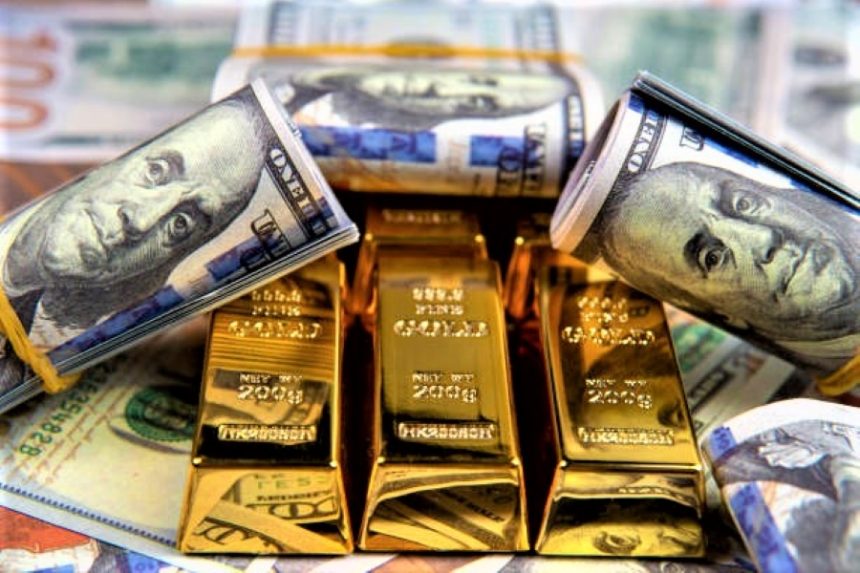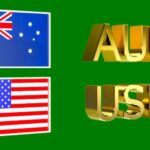Gold Attempts Modest Rebound but Faces Strong Headwinds
Gold prices (XAUUSD) inched higher during the Asian session on Thursday, rebounding slightly from a weekly low around the $3,362–$3,363 level. However, the move lacked conviction, as safe-haven demand from geopolitical tensions clashed with the renewed strength in the US Dollar. The yellow metal, known for its safe-haven appeal, is struggling to attract sustained buying interest due to the Federal Reserve’s hawkish policy stance and signs of persistent inflation concerns in the United States.
Investors are treading cautiously amid mixed market signals, with bulls hesitant to push prices meaningfully above the $3,400 mark. While the threat of a full-scale conflict in the Middle East and fresh trade-related anxieties provide a tailwind for gold, the overall macroeconomic landscape remains challenging for the non-yielding asset.
Hawkish Federal Reserve Outlook Lifts USD and Pressures Gold
The Federal Reserve concluded its two-day policy meeting on Wednesday, keeping interest rates steady as expected. However, the tone of the statement and the updated economic projections, particularly the so-called “dot plot,” revealed a more hawkish stance than many market participants had anticipated. Fed officials now see fewer rate cuts in 2025 and beyond, citing persistent inflation risks largely driven by potential tariff-induced price pressures.
The Fed’s outlook revealed:
- Two rate cuts projected in 2025 (down from previous expectations of more),
- Only one 25-basis-point rate cut forecasted in both 2026 and 2027,
- Seven out of 19 Fed members expect no cuts at all in 2025, up from four in March.
The more hawkish tone lifted the US Dollar Index (DXY) to a one-week high, boosting demand for the greenback and making gold, which is priced in USD, relatively more expensive for foreign buyers. This dynamic continues to weigh on XAU/USD, effectively capping any major upside movement and forcing gold bulls to remain cautious.
Geopolitical Uncertainty: A Source of Support for Safe-Haven Gold
While gold faces pressure from a resurgent US Dollar and hawkish Fed outlook, the metal continues to find some support from escalating geopolitical tensions in the Middle East.
Key developments:
- The Israel-Iran conflict entered its seventh day, raising the risk of wider regional instability. The Israeli Defense Forces (IDF) have issued evacuation warnings to residents in the Iranian cities of Arak and Khondab, suggesting an intensification of Israeli military operations targeting Iranian infrastructure.
- US President Donald Trump held a high-level meeting in the Situation Room on Wednesday to assess US options in the ongoing conflict. While reports suggest that attack plans have been approved, Trump has reportedly emphasized caution to avoid a prolonged war.
- The potential for broader military involvement in the region continues to rattle global markets and boost safe-haven demand, providing a counterweight to the bearish influence of a stronger USD.
Trade Tensions Return to Forefront, Adding Market Volatility
Further complicating the market outlook is a resurgence of US-China trade tensions, particularly in the pharmaceutical sector. Earlier this week, Trump signaled new tariffs on the pharma industry, a move that raises fresh concerns about global supply chains and inflation. This comes ahead of a critical July 9 deadline, when higher reciprocal US tariffs are expected to take effect.
Trade uncertainty adds another layer of complexity to the inflation outlook and has also become a factor in the Fed’s cautious policy approach. The anticipation of cost-push inflation stemming from tariffs provides additional justification for the central bank to delay or reduce the pace of rate cuts, which in turn reinforces USD strength—again, a headwind for gold.
Nonetheless, these trade fears also drive investors toward safe-haven assets like gold, helping to limit downside moves, even if they fail to spark a strong rally in the current environment.
Liquidity Concerns May Amplify Volatility Ahead
With US banks closed on Thursday for Juneteenth National Independence Day, market liquidity is expected to be lower than usual. A thinner trading environment can result in sharper, less predictable price swings in gold and other major assets.
Moreover, Thursday’s calendar devoid of any significant US macroeconomic data releases, meaning that gold price movements will likely be driven entirely by sentiment surrounding the US Dollar, geopolitical headlines, and overall risk appetite.
Investors should prepare for irregular volatility, especially in the absence of new fundamental data and amid heightened global tensions.
Technical Outlook: Bulls Need to Break Key Resistance
From a technical perspective, gold remains confined below the critical psychological barrier of $3,400, with the $3,362–$3,363 zone acting as short-term support. A sustained break below this zone could open the door to further downside correction toward $3,340 and then the more significant $3,300 handle.
On the flip side, bulls would need a decisive break above $3,400, followed by a clear move beyond the $3,425–$3,440 resistance area, to regain control. Given the current macro backdrop, such a move may require:
- Easing of USD strength, or
- A major escalation in geopolitical risk, or
- Dovish signals from Fed officials in the coming weeks.
Until then, gold is likely to remain range-bound, swayed by headlines and shifts in global sentiment.
Investor Caution Prevails as Fundamentals Send Mixed Signals
Gold investors are clearly dealing with mixed fundamental cues:
- The hawkish Fed favors a stronger USD and weighs on gold.
- The Israel-Iran conflict and US-China trade risks provide safe-haven appeal to support gold.
- Lack of clear macro data and holiday-thinned liquidity add unpredictability.
This push-pull dynamic has resulted in a lack of strong buying conviction among bulls, with many traders waiting for clearer direction before making aggressive bets on gold’s next major move.
Key Takeaways
- Gold is trading in a tight range, with support from geopolitical risks offset by Fed-induced USD strength.
- The Federal Reserve’s hawkish pause and cautious outlook limit expectations for rate cuts, bolstering the greenback.
- Middle East tensions and potential US-China trade fallout support the metal’s safe-haven appeal.
- Juneteenth holiday in the US limits market participation, which could cause erratic price action.
- Unless USD weakens or geopolitical threats escalate further, gold may struggle to reclaim $3,400 in the near term.
[faq-schema id=”39970″]









